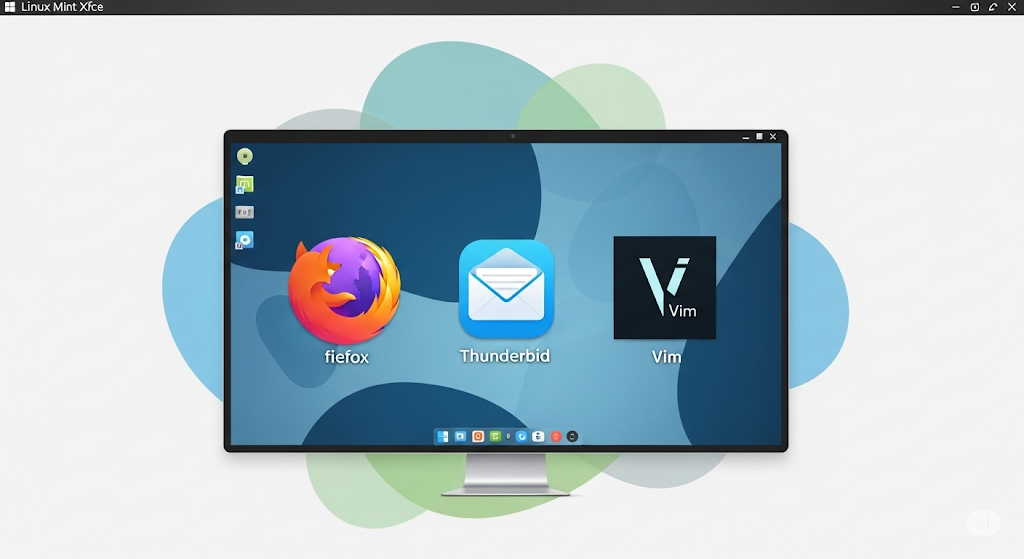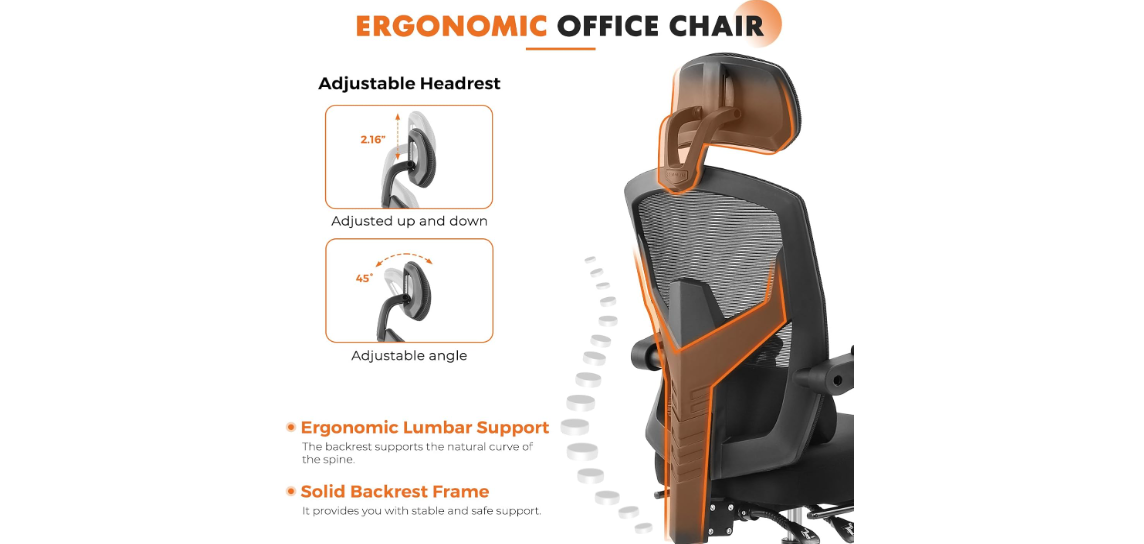Washington State Patrol is getting a serious edge in their mission to catch speeders, and it’s all thanks to cellphone data. They’re using 2023 data to identify hotspots on key highways and crack down on those who think they’re above the law – or at least, above the speed limit. But, what’s the real impact of this new strategy?
Let’s face it, speeding is a major issue on our roads. It’s not just about getting a ticket; it’s about safety. When you’re speeding, you’re not just risking your own life, you’re putting everyone else on the road at risk too. The stats are stark – speeding was responsible for around 29% of all traffic fatalities in the US in 2022. That’s a lot of preventable tragedies.
Now, using cellphone data to track speeding hotspots is a clever move. It’s like having a high-tech wingman that’s always on the lookout for speed demons. The data can pinpoint exact locations where speeding is most prevalent, allowing law enforcement to deploy resources more effectively. It’s a bit like having a data-driven crystal ball that shows where and when to crack down.
But, some might say, “Hey, isn’t this just another example of Big Brother watching our every move?” And, to that, I say, well, kinda. The data is anonymous, so it’s not like they’re tracking your every move. It’s more like they’re analyzing traffic patterns to make our roads safer.
Let’s consider the potential outcomes. If the WSP can effectively target speeders, we could see a significant reduction in accidents and fatalities. It’s a classic case of “what if” – what if we can reduce speeding by just 10%? That’s fewer crashes, fewer injuries, and fewer fatalities. It’s a pretty compelling argument for using cellphone data in this way.
And, let’s be real, we’re not talking about some dystopian future where our every move is tracked. This is just a clever use of data to make our roads safer. It’s about fairness – if you’re speeding, you’re putting others at risk, and that’s not fair. By cracking down on speeding, we’re creating a safer, more equitable driving environment for everyone.
As we move forward with this new strategy, the real question is: will it actually work? Will the WSP be able to effectively use this data to reduce speeding and make our roads safer? Only time will tell, but one thing’s for sure – it’s a step in the right direction. And, if it means we all arrive at our destinations a little bit safer, that’s something worth considering. What if this is the start of a new era in road safety?










Leave a Reply